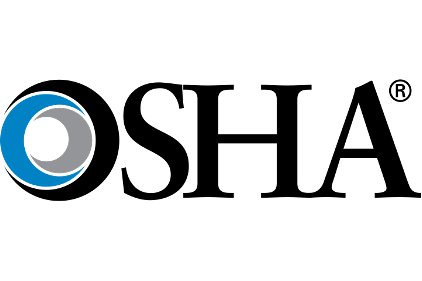Temp workers are at high risk, asserts OSHA

OSHA chief Dr. David Michaels continued his agency’s campaign to raise awareness of the safety and health risks faced by temporary workers – an increasing employment tactic used by many businesses in the economy’s sluggish recovery – in his remarks to attendees at the annual meeting of the Voluntary Protection Program Participants’ Association held August 25-28 in National Harbor, MD, outside of Washington, DC.
“We have known for decades that temporary workers are at greatly increased risk of injury - and we know why,” said Michaels.” Too often these workers are not adequately trained to identify potential hazards at a job site or the measures they can take to protect themselves.
“Many temporary workers are new to a jobsite several times a year; and it's possible that some employers, thinking the temp worker may only be around a few days or a few weeks or even a few months, are less willing to devote the resources required to fully train that worker.
"OSHA has launched a concerted initiative, involving enforcement, outreach, and training to ensure that temporary workers are protected from workplace hazards.
New publication
“And I would like to announce that, today, in partnership with the National Institute for Occupational Safety and Health, we are releasing a new publication: recommended practices for staffing agencies and host employers to better protect temporary workers from hazards on the job.
“An employer's commitment to the safety of temporary workers should not mirror these workers' temporary status. All workers have the right to safe work, and employers have the duty to provide all workers with a workplace free of recognized serious hazards. And that includes necessary safety and health training.
“Staffing agencies and their client employers who host temporary workers share the legal obligation to provide workplaces free of recognized hazards. Our new recommended practices publication highlights this joint responsibility.
Recommendations
“We recommend that staffing agencies and host employers should: evaluate the worksite; train staff to identify and eliminate potential safety and health hazards; and implement injury and illness prevention programs.
“Our guidance also recommends that staff agency/host employer contracts clearly define the temporary worker's tasks and the safety and health responsibilities of each employer. Staffing agencies should maintain contact with temporary workers to verify that the host has fulfilled its responsibilities for a safe workplace.
“A great example of a VPP site doing its part to help protect temporary workers is the GE Healthcare Tower Avenue Plant in Milwaukee, Wisconsin. At this plant, contractor and temporary employees are trained to the same level as permanent GE employees, depending on the work area and work performed. All temporary workers and contractors performing construction work are required to complete an 8-hour safety orientation and pass a comprehension quiz to be able to work at the company their first day on site. This training must be repeated annually for even long term, or frequently-utilized contractors.”
Looking for a reprint of this article?
From high-res PDFs to custom plaques, order your copy today!







